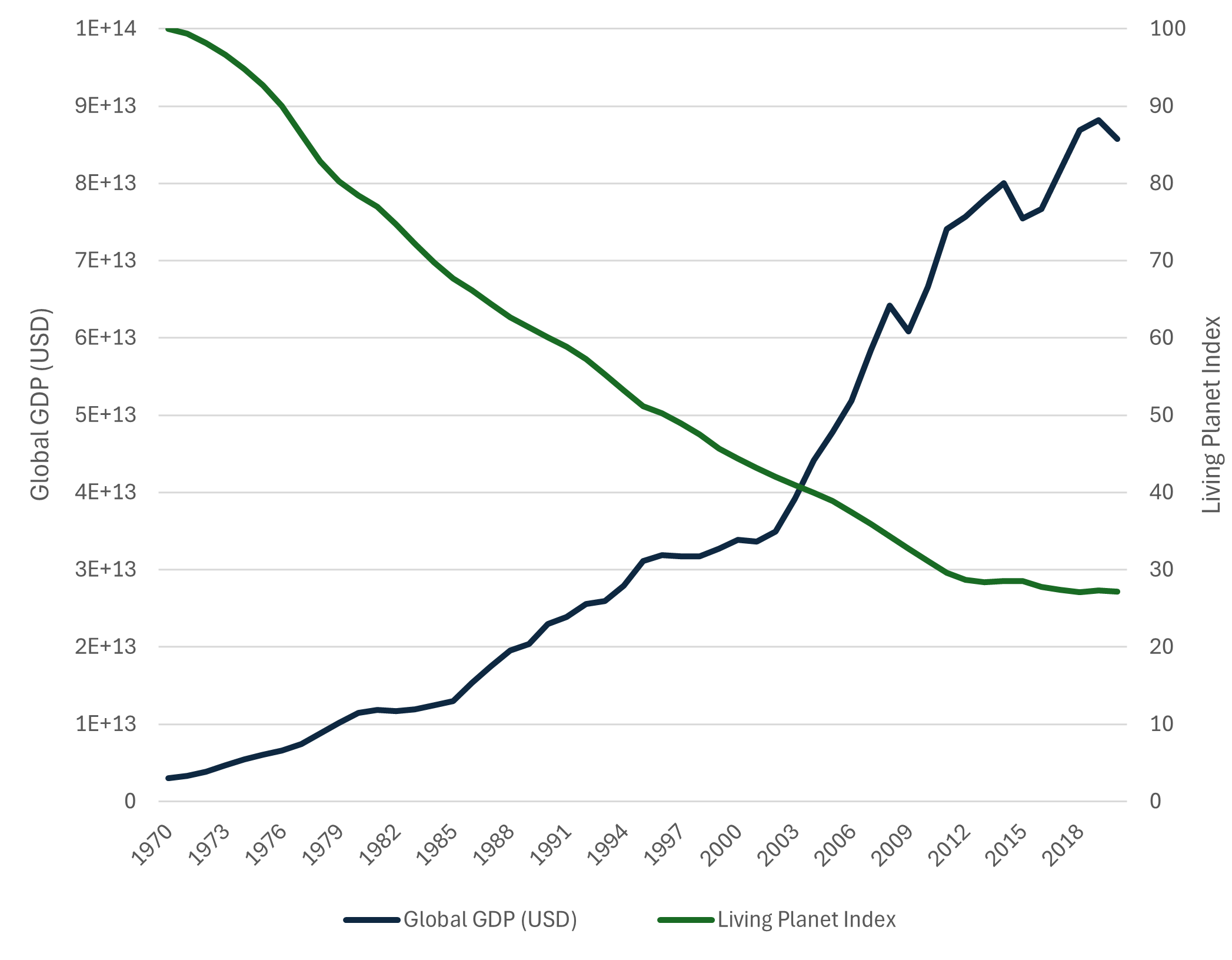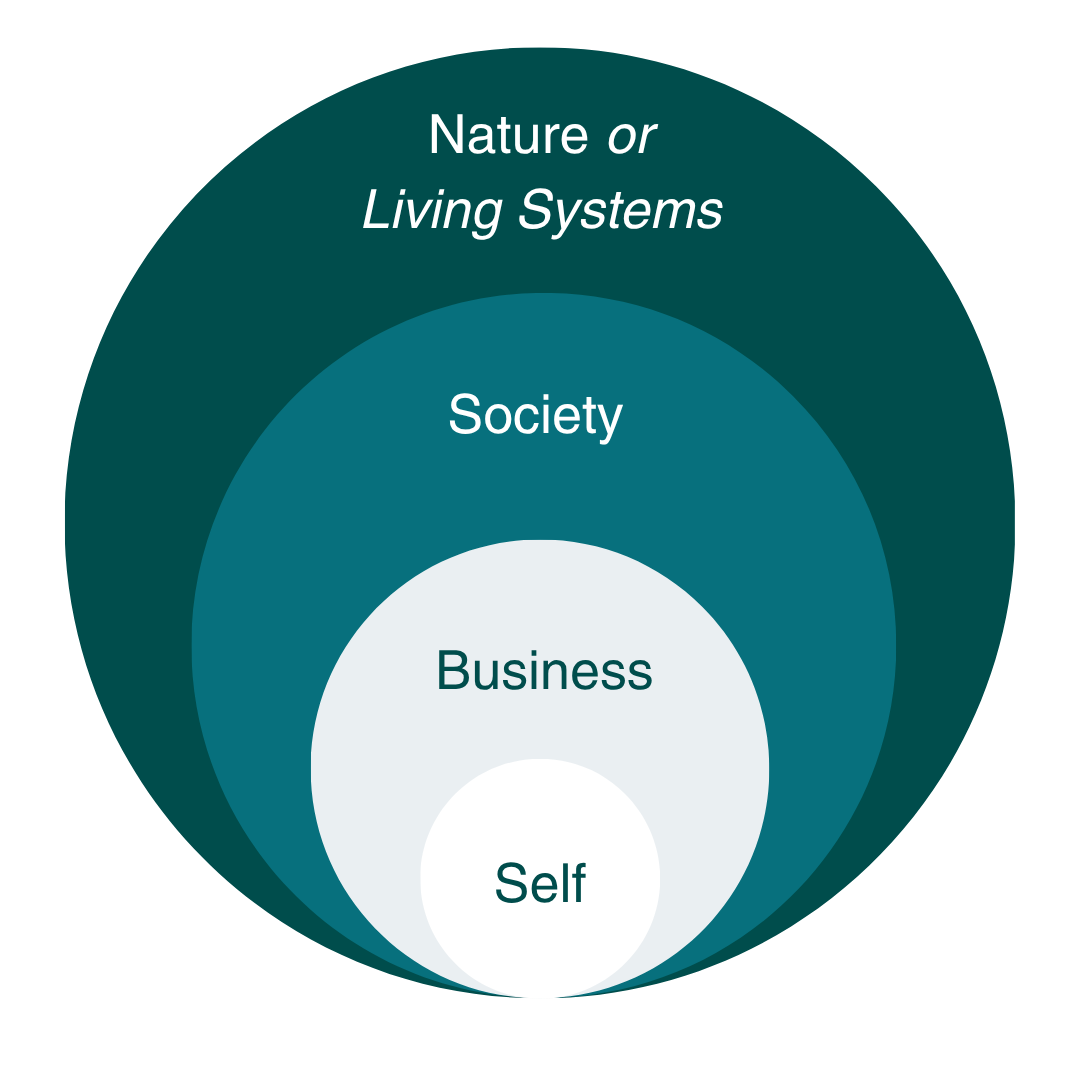
Our hypotheses for doing things differently
Our partial working Theory of Change
The times we are in are next level. We’re seeing vast technological changes alongside the crumbling of outdated ways of operating. Business as usual (BAU) is changing, and many of us want it to, but what’s next, and how will we get there?
While we don’t have the answers, here we share some of our Theory of Change, with the overarching dimensions we perceive and work with, and the hypotheses we pose for doing things differently. And, we’d love to hear your hypotheses too.
Defining BAU at a very, very high level, systemically
In the simplest of terms, our prevailing economic system - or what we can call BAU - is based on a forever-growth model that natural life can’t sustain, supported by structural drivers of globalisation, consumerism, colonisation, and individualisation. The system we move in everyday has taken a narrow-focused view of capitalism to demand and reward the J-curve, and linear up-and-to-the-right growth, forever. This requirement for growth or investment returns, in the most basic terms, drives capital deployment, and ultimately drives what we have to take home in retirement as our superannuation or pension, and the cycle continues. The system needs this kind of growth to operate, and all of our ‘prosperity’, in a mainstream definition of the word, is built upon it.
Without this notion of ‘prosperity’ and the need for consistent growth or returns, the way our companies, jobs, capital, and economies operate would be very different, and so foreign to us that it’s hard to imagine what it would be like without this innate driver of our behaviour.
While it might seem obvious that some have seemingly benefited from this model and most have not, how do we define ‘benefit’, and what are we aiming for? Even when we think the system is benefitting us, is it truly, and on what dimensions?
And, what has this system cost us?
The unintended consequences: generating ‘prosperity’ in exchange for elements of life
The unintended consequences of our system have been vast and most are not in our everyday perception: the activities of our system have had devastating costs on our planet, as well as on our human selves.
Horizon 1: Global GDP v. the Living Planet Index - a proxy for extraction, and more?
The Living Planet Index has been developed by the World Wildlife Fund and Zoological Society of London. It measures the average decline in monitored wildlife populations relative to the year 1970. Global GDP is sourced from the World Bank Group.
Whether you want to look at it metaphorically, empirically or personally, our system has generated ‘prosperity’ in exchange for elements of life. We’ve created a system that is extractive by design, meaning, and again in the simplest of terms, its intention is to take, and it takes more than it replenishes or reciprocates. Nature, and we as humans, have not been designed to operate this way. We know this from the state of our natural environments, decline in biodiversity and increasing levels of climate change; and, the chronic stress, anxiety, burnout, and mental health challenges that we face personally, because we’re all consistently striving to be a puzzle piece in the J Curve, or fall by the wayside when we can’t meet its demands.
Just like nature and living systems, we are cyclical, reciprocal, community-minded beings who ebb and flow in energy, focus, performance and mood, not built to continually outperform on demand. We need time to replenish our resources when they’re spent, just like nature does too.
Recognising our role in where we are today
For me these have been big realisations over the years, but the biggest has been discovering our inextricable part in maintaining this status quo. I’ve worked at the bottom and the very top of business, and what’s been most impactful for me is working in the areas where decisions are made, and seeing how readily they could be made differently - from the very top to the very bottom. The reality is, the vast unintended consequences of our system have all been made not through rules or requirements, but through our own choices of those of us who have agency. While our choices have been and are intrinsically incentivised by our system, they are still ours to own.
Honouring this notion can be so difficult, and you’re not alone if you want to dismiss this accountability entirely - so many people do, including myself at times. But, if you’re ready to be brave, like so many of us are, and meet this moment, we can start to ask the key questions, and co-create better choices with what is already in motion. How do we recognise our own part in the trajectory of our everyday lives and work? How do we begin or keep doing things differently? And, how do we change the incentives, or the system?
Many people and movements recognise and ask these questions - there’s nothing new in what is shared here. But, what might be a lesser known narrative could be this concept: knowing and respecting the rules of the system as they are, but not seeing convention and culture as a rule, and inventing how to meet the rules in a better way. That is, not ‘fighting’ or ‘blaming’ the current state, and instead seeing the many opportunities to collaborate and co-create with what is, towards a better trajectory. Rules and regulations are fewer than we think, and it’s really our conventions and culture that drives us, and that we can, and need to, change.
Getting back to basics and defining our dimensions
While what is about to be shared is shown very simply, it’s not a very common contextual framing of business, nor of the nestedness and interrelatedness of systems, and hence our problems and solutions. This systems view structure of our dimensions has been based on these key principles, shared from the perspective of ‘we’, to mean all living systems:
We are both independent and interdependent;
We are all interconnected and in relationship with each other, whether we are conscious of this relationship or not; and,
We recognise the nestedness of the living systems of our world.
Using these principles, if we start with a business as an entity, and as a living system, it does not operate in isolation. It has first been born from an idea and created and shaped by its founders, and is being maintained as a system by its leaders - that is, us as individuals.
It’s also operating in its societal context, with all of its stakeholders being integral to this context: a business can’t exist without customers, employees, suppliers, and infrastructure, online or IRL.
And, the point where we’ve fallen the shortest over our industrial revolution and pursuit of profit, is the recognition that none of what we have created and will create could happen in the absence of nature, or natural living systems. Not only are we nature ourselves, but everything in our lives and businesses is supported by its resources too.
Putting this together, we structure this as:
There’s one more circle, and more details, but they can come in future. For now, this is how we view the system dimensions for life, work, purpose, and change, nested in and in constant relationship with each other: Self, Business, Society, and Nature or Living Systems.
What might be a root cause of where we are today?
For those of us in innovation, we know that to create something new or novel means we have to clearly define the problem, and not try to solve it with the same mindset that created it. We need to think differently and divergently, and be open to the new perspectives and changes we’re seeking to make, and believe they could be possible.
I’ve tried to cultivate this mindset regarding our state of affairs for many years, and over that time I’ve expanded beyond the standard literature and concepts accepted in the mainstream, and explored many other philosophies, and ancient wisdom teachings and practices, like so many of us have. You could say I’ve been divergent and open minded, to then converge on what I believe could be a root cause that would yield so much if we addressed it: our extractive mindset and conventions, and the larger paradigm at play. Again, none of this is new, it’s simply a building block to underpin the hypotheses we are about to share.
A beautiful definition of the ways of an extractive model:
"The city places itself at the center of these systems and strips them to feed its growth, disrupting cycles of time and land and weather and water and ecological exchange between the systems. The exchange is now going only one way. Matter and energy are still neither created nor destroyed in this reaction; they are directed into static heaps rather than cycled back through and between systems."
— Tyson Yunkaporta, Sand Talk: How Indigenous Thinking Can Save the World
In the interests of brevity, if we take our root cause problem as extraction generally, then what is the antidote for it, and the foundations of any possible solutions? Regenerative ways of being, working, and communing.
Defining the scope of our hypotheses: how do we define ‘regenerative’?
‘Regenerative’ is hard to define in a simple way, and it’s ever-evolving by nature. It is the way of our First Nations and indigenous peoples. It recognises that land is central to life, and we as humans are custodians with responsibilities, not just to ourselves and each other, but also to the land, and all living systems. Being in relationship is the way of life, and those relationships are reciprocal, so that both parties can thrive. It’s an engaged, collaborative, power-with way of being, and not one of a hierarchical power-over.
Carol Sanford describes ‘regenerative’ as ‘enabling living systems actualisation’. In her work on the Four Modern Paradigms and in her book ‘The Regenerative Life’, she shares: ‘... the overall direction toward which work at this level is orientated is to grow capacity for vitality, viability, and evolution… this implies that regenerative work respects the autonomy and self-determination of living systems and is committed to helping them become increasingly good at accomplishing their own actualization.’ It’s such a beautiful definition - we are the facilitators - or custodians - of life, and not its experts or dictators.
Further, Paul Hawken describes ‘regenerative’ as: “putting life at the centre of every action and decision”. Janine Benyus describes regenerative as being “where humans help to create conditions conducive to all life”. Kate Raworth defines regenerative economics as part of her vision for "regenerative and distributive dynamics that this century calls for."
Bringing this together, being ‘regenerative’ asks us to support the flourishing of life, in its own way and essence. It requires us to see every being and entity as its own living system with its own essence and actualisation potential. It makes space for a being’s own capacity to evolve and grow, spiralling forward in emergence. There is so much we can draw just from this definition - all in time.
Our hypotheses we exist to test
Based on our dimensions, these are the hypotheses we are working with, to discover the way forward:
Self: If we recognise ourselves as nature (or a living system within living systems), and begin to care for ourselves in alignment with this, then this could lead to profound shifts in our sense of self, wellbeing, connection, purpose, creativity, and how, and what, we seek to contribute to the world (our actualisation).
Business: If business recognises its stakeholder interdependence (that is, its relational and reciprocal role), and in that, nature (or living systems) as a stakeholder too, and structures its operations as such, it could deliver superior contributions to what solving for short-term shareholder-only value does (its true potential actualisation, beyond profit).
Society: If we recognise our independence and our interdependence, and return to a more community-connected way of living, rather than isolating ourselves in nuclear singles and families, it could be transformational for our overall wellbeing, and the wellbeing of our societies (transformational for our actualisation as individuals, families, and in community).
Nature: If we recognise nature or living systems as the basis of all on earth, learn their ways as our guide, and respect these systems as we would ourselves in all we do, it could profoundly change how we do everything, and ensure we have a beautiful, healthy planet to live on for seven generations, and more, to come.
Throughout these, there are many mulit-layered assumptions, things that have already been proven, plus a re-defining of key terms - all of which will be explored, and invalidated and validated, over time.
For more on putting this exploration into practice, join us on our Regenerate Frequency Retreats, as well as our new podcast ‘How Transformation Happens’, coming soon.



